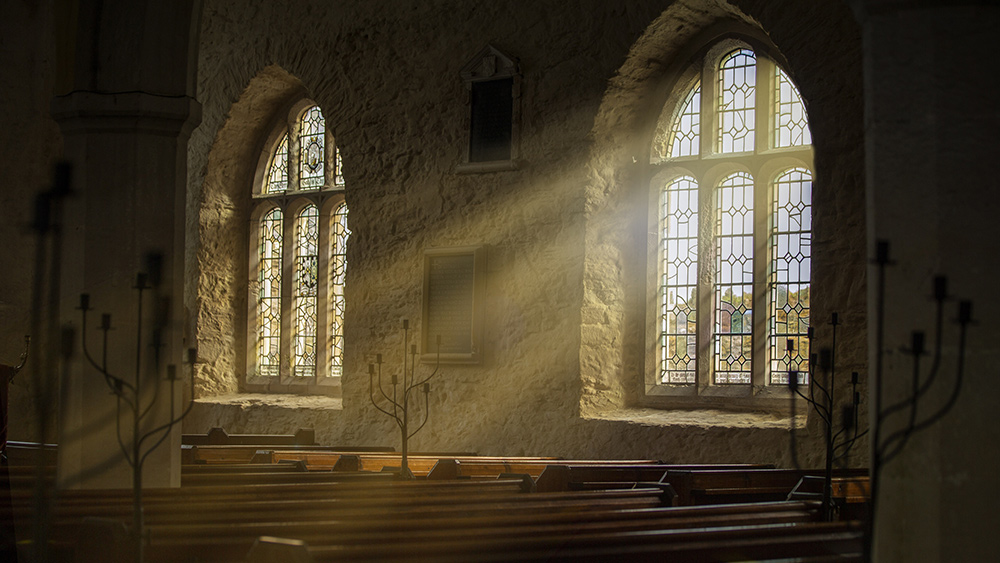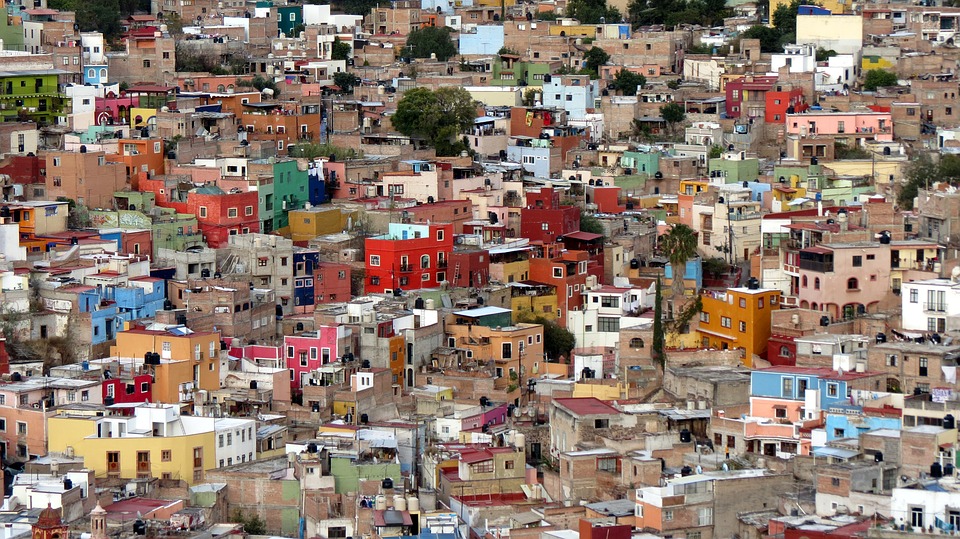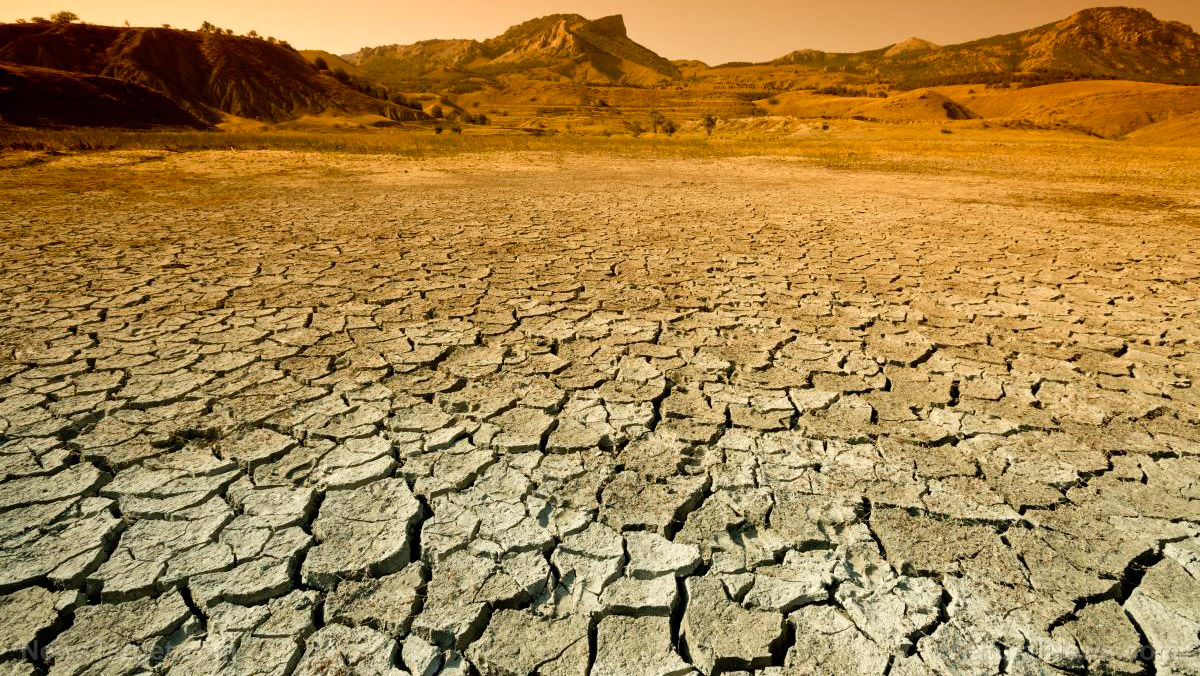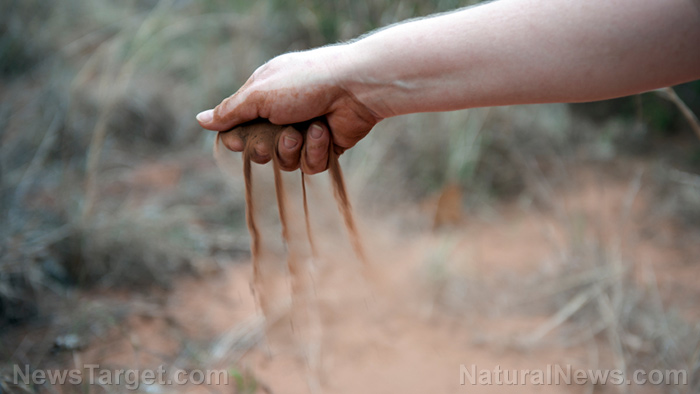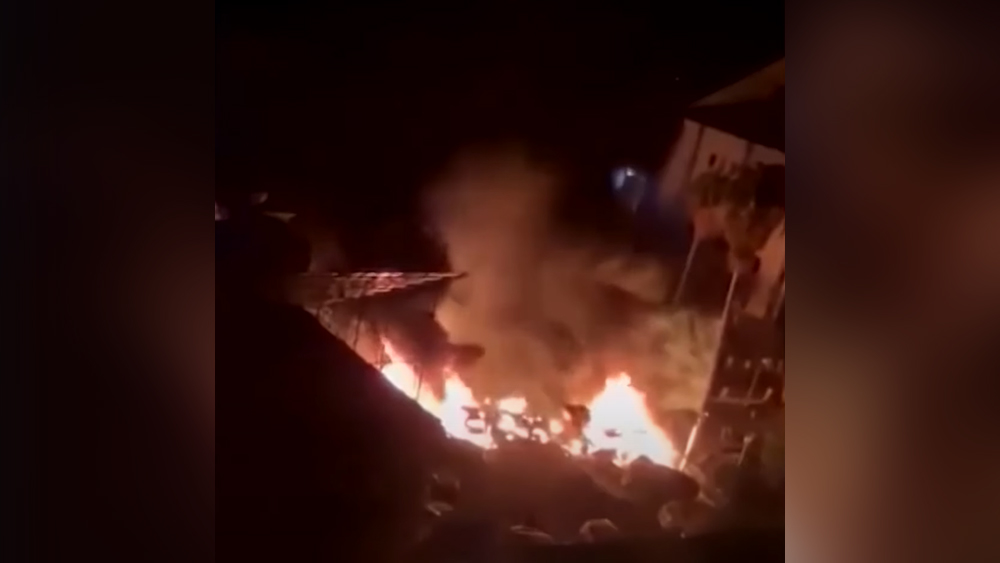Running out of water: Two US water reservoirs hit record lows in June 2021
By ramontomeydw // 2021-07-22
Tweet
Share
Copy
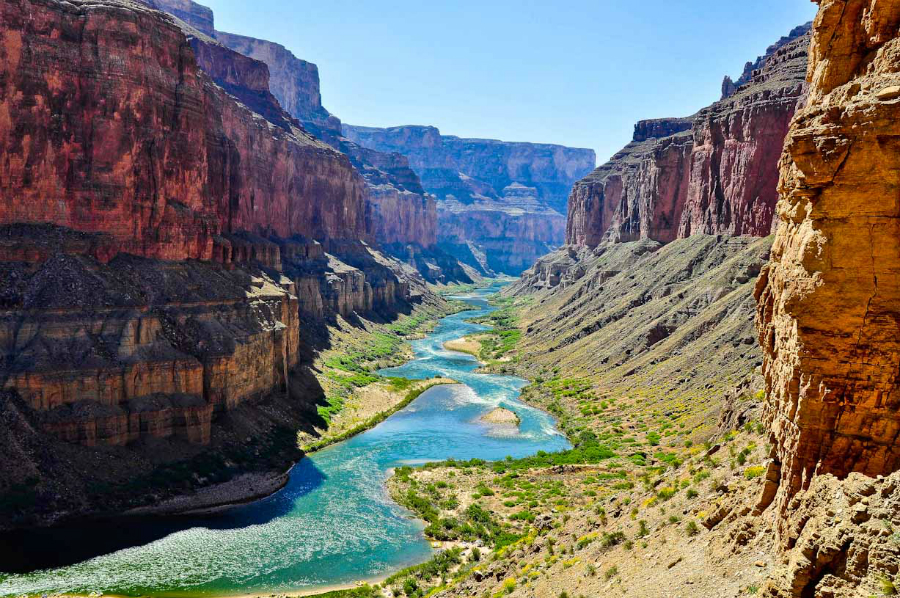
Two large water reservoirs in the western U.S. hit record lows after a decline of more than two decades. Water levels at Lake Mead and Lake Powell, both on the 1,450-mile Colorado River, fell to their lowest in June 2021. Due to the dwindling water levels, the federal government said it plans to declare a water shortage this coming summer.
According to an NPR report, the declaration would see mandatory water cuts in the states in the Colorado River's lower basin – Arizona, California and Nevada. These would also affect 40 million people in the western U.S. that depend on the river for drinking water and irrigation. It would also undermine the operation of hydroelectric dams along the river that provide electricity to the three states.
Another article from the Colorado Sun said the U.S. Bureau of Reclamation (USBR) painted a grim picture in a report it released in June 2021. It said that both the Mead and Powell lakes are "fast deteriorating toward 'dead pool' status." The Sun's report added that the stored water in the reservoirs is so low that it cannot power the hydroelectric generators in the dams and that it cannot irrigate large swaths of farmland in Arizona.
The USBR report predicted that there was a nearly 80 percent chance Lake Powell's water level will fall below the minimum target water height by next year. It added that by 2024, there is a nearly 20 percent chance that Lake Powell's water levels will be insufficient for producing hydroelectric energy.
The report also projected a slightly milder – but nevertheless pessimistic – projection for Lake Mead. It said that there was an almost 60 percent chance of the reservoir's water levels dropping below the minimum by 2025. Furthermore, the report also projected a more than 20 percent chance of Lake Mead being unable to produce power by the same year. (Related: Low runoff from the Colorado River threatens water shortage across 7 western states.)
Even the snowpack was unable to address the problem
The Sun's report added that even with adequate snowpack this year, it was insufficient to counteract the effects of the ongoing western drought and soaring temperatures. Water policy analyst John Berggren from the nonprofit Western Resource Advocates said that even with abundant snow in the future, the reservoirs would remain in deep trouble. Berggren noted that the Colorado River basin's latest snowpack was just about 100 percent of normal. However, it only delivered only half of the normal runoff into the river and the giant reservoirs. He explained that water either soaked into parched ground or evaporated entirely before it could contribute to stream flows. "It's startling how with each new projection, you had thought it can't possibly get worse. Even just a year or two ago, most people would have thought these projections are pretty far away from ever happening," Berggren said. He continued that major water cutbacks for states at the lower Colorado River basin are now "an unavoidable reality." Berggren added: "This just shows that we no longer have the luxury of thinking it's a decade down the road." The Metropolitan Water District of Southern California (MWD) expressed concern toward Lake Mead's dwindling water levels, given that much of its water is delivered by the Colorado River Aqueduct. MWD provided water to about 19 million residents of southern California in six different counties. MWD Chief Operating Officer Deven Upadhyay told KTLA 5: "When you look at … an average over the last 10 years, the Colorado River provides about 25 percent of the water that's used in Southern California." (Related: California's "Megadrought" is causing tap water to taste like dirt.) But aside from lower basin states, those in the Colorado River's upper basin also face future water cutbacks. This only exacerbated conditions caused by the ongoing drought in the four upper basin states – Colorado, New Mexico, Utah and Wyoming. USBR Upper Colorado Basin Regional Director Wayne Pullan meanwhile said in a statement: "The June five-year projections for the Colorado River System reaffirm [that] this is a serious situation. We are actively engaged with the Colorado River Basin states and other partners to respond to changing conditions to avoid critical elevations at Lake Powell." WaterWars.news has more articles about the critical water levels in other U.S. water reservoirs. Sources include: EcoWatch.com NPR.org ColoradoSun.com KTLA.comTweet
Share
Copy
Tagged Under:
drought collapse drinking water water supply irrigation hydroelectric power Lake Mead Colorado River Lake Powell Western US Megadrought water reservoir Upper Colorado Basin Lower Colorado Basin water cuts
You Might Also Like
7 Healthiest drinks for weight loss
By Joanne Washburn // Share
DISCOVERY: Luminescent “windows” could transform light into power
By Divina Ramirez // Share
Mexico City sinking at “unstoppable rate” of up to 20 inches a year, study finds
By Virgilio Marin // Share
Dozens of California communities risk running out of water amid prolonged drought
By Ethan Huff // Share
Recent News
China's rapid nuclear expansion raises global tensions as Pentagon warns of strategic threat
By bellecarter // Share
Gaza's hospitals on life support as fuel shortages push healthcare to the brink
By bellecarter // Share
Study reveals more than 20% of YouTube recommendations are low-quality “AI slop”
By isabelle // Share


